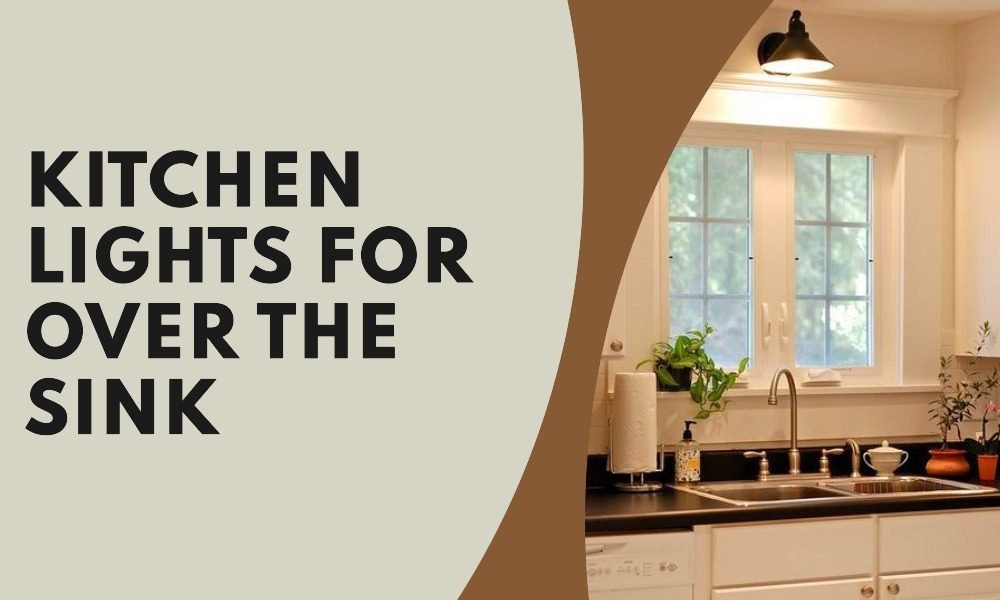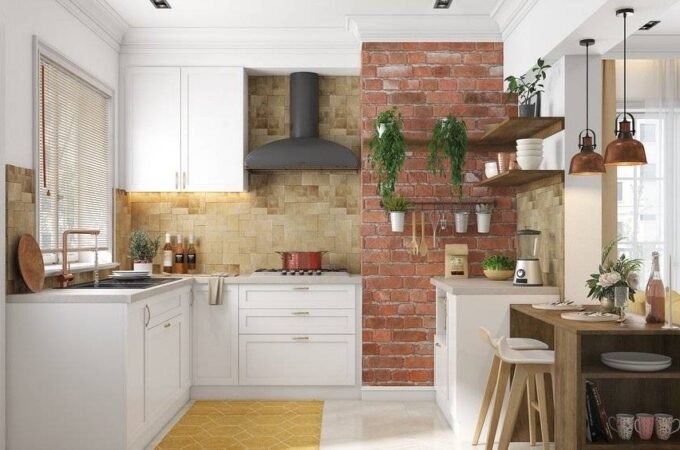
Kitchen Lights for Over the Sink
Table of Contents
ToggleIntroduction
Lighting in the kitchen is not just about functionality; it’s about style, ambiance, and enhancing the overall aesthetic of your home’s heart. One of the most critical areas that often goes overlooked is the space over the kitchen sink. Proper lighting here can transform your kitchen chores into a more enjoyable experience. This guide delves into the world of kitchen lights specifically designed for over the sink, providing valuable insights to help you make the best choice for your home.
Understanding the Importance of Over the Sink Lighting
A. The Role of Lighting in Kitchen Design
Lighting plays a pivotal role in kitchen design. It affects how we perceive the space, influences our mood, and can even impact our efficiency in kitchen tasks.
B. Specific Needs for Over the Sink
The area over the sink requires special consideration. It’s a workspace that often needs targeted, brighter lighting to aid in tasks like washing dishes or preparing food.
Types of Kitchen Lights for Over the Sink
A. Pendant Lights
Pendant lights are a popular choice for over the sink. They offer focused lighting and come in various styles to match any kitchen decor.
B. Under-Cabinet Lights
These lights are installed under the cabinet over the sink, providing direct illumination without taking up extra space.
C. Recessed Lights
Recessed lighting offers a sleek, minimalist look. They’re ideal for modern kitchens and provide ample light without being obtrusive.
D. Chandeliers
For a touch of elegance, small chandeliers can be a perfect choice. They add a decorative element while providing sufficient lighting.
E. LED Strip Lights
LED strip lights offer a contemporary and energy-efficient option. They can be placed under cabinets or along the edges to create a unique lighting effect.
Factors to Consider When Choosing Lights
A. Brightness and Color Temperature
Consider the brightness and color temperature of the bulbs. A brighter, cooler light is usually preferred for task areas like over the sink.
B. Style and Design
Your lighting should complement the overall design of your kitchen. Choose a style that aligns with your kitchen’s aesthetic.
C. Energy Efficiency
Opt for energy-efficient options like LED lights to reduce your energy bills and environmental footprint.
D. Ease of Installation
Consider the installation process. Some lights may require professional installation, while others can be a DIY project.
Installation Tips and Best Practices
A. Proper Height and Placement
Ensure the lights are placed at an appropriate height to avoid glare and shadows.
B. Electrical Considerations
Always consider the electrical requirements and safety standards. Hiring a professional electrician is often recommended.
C. Maintenance and Cleaning
Choose lights that are easy to clean and maintain, as they will be exposed to moisture and potential splashes.
Creating the Perfect Ambiance
A. Layered Lighting
Combine different types of lighting to create a layered effect. This approach can enhance functionality and add depth to your kitchen’s design.
B. Dimmer Switches
Installing dimmer switches allows you to adjust the light intensity based on the time of day or the task at hand.
Conclusion
Choosing the right kitchen lights for over the sink can significantly impact the functionality and beauty of your kitchen. By considering factors like style, brightness, and energy efficiency, and following proper installation practices, you can create a well-lit, inviting space that makes kitchen tasks more enjoyable.
FAQs
Q: What is the best color temperature for kitchen sink lighting?
A: A cooler color temperature, around 4000K to 5000K, is often preferred for task lighting in the kitchen, as it provides a clear, bright light.
Q: How high should I hang pendant lights over the kitchen sink?
A: Pendant lights should typically be hung 30 to 36 inches above the countertop for optimal lighting and aesthetic balance.
Q: Are LED lights a good choice for over the sink lighting?
A: Yes, LED lights are excellent for this purpose due to their energy efficiency, longevity, and the quality of light they provide.
Q: Can I install these lights myself?
A: Some lights, like under-cabinet or strip lights, can be a DIY project. However, for installations that involve electrical work, it’s safer to consult a professional.





